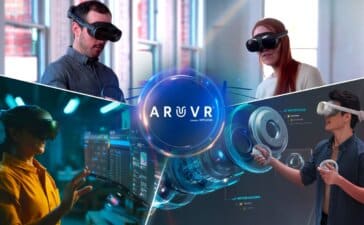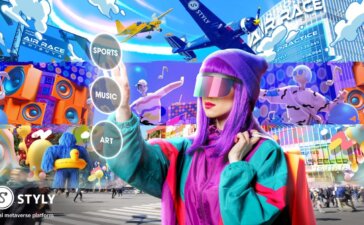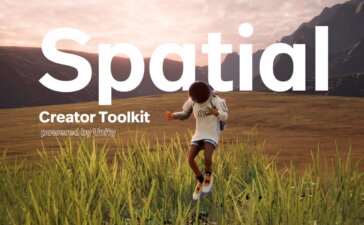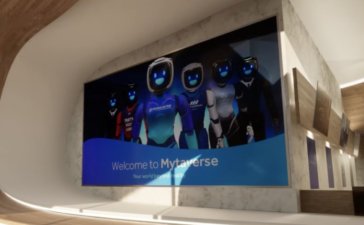ARuVR Releases No-Code Content Creation Platform for XR Headsets
UK-based ARuVR (formerly VRtuoso) enterprise XR training platform has recently announced that it supports no-code content creation, distribution, and management for XR headsets. Thus, companies can now create extended reality training programs for VIVE XR Elite, Meta Quest Pro, and Pico 4 Enterprise without writing a single line of code.
Accessibility of AR/VR Creation Is the Latest Industry Trend
For some time now, creating AR/VR content is no longer conditioned by having coding skills. While developers are still very much in demand for high-end games and applications, there is a movement towards making the creation process accessible for all.
ARuVR puts another important building block to the foundation of this process with its no-code XR platform. Users can rely on the simple drag-and-drop process to create immersive training for employees, which can now also be experienced on extended reality headsets.
Immersive Training Is the New Norm
So far, ARuVR has attracted a roster of top clients, such as PwC, Coca-Cola, BT, and BAE Systems. These companies, and many others, rely on ARuVR’s training platform to create onboarding presentations for employees and ongoing training for staff.
The nature of AR/VR training makes it possible for international companies to create and deploy the same training for teams in various places around the globe. This ensures consistent compliance with the latest policies and best practices. Any other training method is subject to errors, human or otherwise.
With the no-code XR platform, any professional in charge of employee training can create interactive programs, test them and deploy them without a developer’s assistance.
The No-Code XR Platform Is Optimized for Enterprise Headsets
ARuVR is working together with headset producers who supply companies with enterprise-grade devices. Thus, the no-code XR platform is fully compatible with the most popular devices for corporate training, namely: HTC VIVE XR Elite, Meta Quest Pro, and Pico 4 Enterprise.
Speaking about the importance of the new training platform, Nathan Gaydhani, the Enterprise Product Owner EMEA at HTC VIVE said in a press release shared with ARPost:
“XR has the power to change how a business operates, creating and delivering highly realistic experiences to recruit, engage, upskill, or retain its workforce. Combining the great hardware of VIVE XR Elite, and powerful software like ARuVR’s platform means that advanced transformative technology is accessible to any organization.”
The Ultimate Goal: Facilitating Learning
For ARuVR, their new product is one step forward towards the goal of making training and transfer of knowledge faster and more accurate. This will ensure the success of companies, through more consistent training of their employees.
“As the first training platform to add no-code capability to our patented platform for the world’s leading XR headsets, we are ensuring that technical expertise is not a limiting factor to the roll-out of XR training programs,” said the founder and CEO of ARuVR, Frank Furnari. “Now anyone within an organization can easily become a creator of powerful and immersive training and deploy to anyone, anywhere throughout the enterprise.”
ARuVR Releases No-Code Content Creation Platform for XR Headsets Read More »









